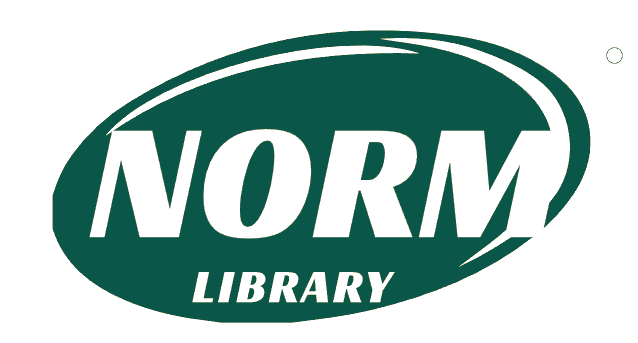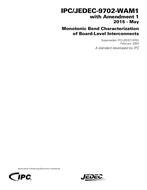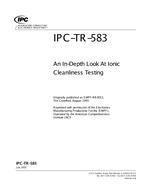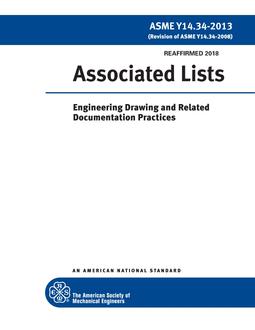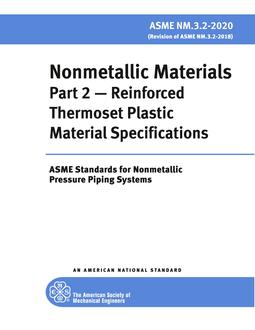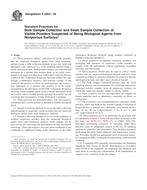
ASTM E2458-06
Original price was: $65.00.$39.00Current price is: $39.00.
Standard Practices for Bulk Sample Collection and Swab Sample Collection of Visible Powders Suspected of Being Biological Agents from Nonporous Surfaces
standard by ASTM International, 06/01/2006
1.1 These practices address collection of visible powders that are suspected biological agents from solid nonporous surfaces using a bulk collection method, using a dry swab and laminated card, followed by a swab sampling method using a sterile moistened swab. Bulk powder samples are collected and packaged in a manner that permits them to be safely transported to an approved laboratory within the Center for Disease Control (CDC) Laboratory Response Network (LRN) for safe storage, confirmatory analysis, and forensic testing. If the source of the powder is a letter or small package, the source is also packaged in a manner that permits it to be safely transported to the laboratory in the CDC Laboratory Response Network. Swab samples taken using a sterile moistened swab are used to collect residual powder and may be used for on-site screening and presumptive testing (biological screening).
1.2 These practices are performed after a risk assessment is conducted and a visible powder is deemed a credible biological threat.
1.3 Sample Collection Method A covers the bulk collection and packaging of suspicious visible powders that are suspected biological agents from solid nonporous surfaces.
1.4 Sample Collection Method B covers swab sampling of residual suspicious powders that are suspected biological agents from solid nonporous surfaces. Swab samples can be used for on-site screening and presumptive testing (biological screening). These presumptive tests are either confirmed or not confirmed by additional testing at the laboratory in the CDC Laboratory Response Network using samples collected in Sample Collection Method A.
1.5 These practices incorporate reference guidance for packaging and transport of suspicious visible powders to comply with all appropriate federal regulations regarding biosafety and biosecurity.
1.6 These practices should only be used to collect visible samples that are suspected biological hazards and have been screened according to reference guidance for explosive hazard, radiological hazard, and other acute chemical hazards.
1.7 The bulk sample collection practice and the swab sampling practice are recommended for collecting amassed or dispersed powder samples from all nonporous surfaces on which the suspicious powder sample is clearly visible.
1.8 These practices are not recommended for samples on porous materials such as upholstery, carpeting, air filters, or ceiling tiles.
1.9 These practices are recommended for collecting visible powders where the bulk of the powder sample is amassed or dispersed over a limited area (optimally, area should be less than 20 by 20 cm (approximately 8 by 8 in.) or 400 cm² (approximately 64 in.²).
1.10 These practices are to be performed by personnel who are adequately trained to work with hazardous materials in the hot zone (see NFPA 471, NFPA 472, or OSHA 1910.120). Personnel performing collection or screening under these practices shall be adequately trained in the use of sampling equipment, materials, and procedures. This includes personnel performing the prior initial chemical and radiological screening. Personnel should use appropriate level of personal protective equipment (PPE) to mitigate hazards during collection and screening.
1.11 Committee E54 gratefully acknowledges the Sampling Standards Task Group of AOAC International as co-leaders with ASTM in the standard’s development and adoption, and joins them in inviting the collaboration of all stakeholders in regard to the evolution of the document.
1.12 The values stated in SI units are to be regarded as the standard. The values given in parentheses are for informaiton only.
This standard does not purport to address all of the safety concerns associated with its use. It is the responsibility of the user of this standard to establish appropriate safety and health practices and determine the applicability of regulatory limitations prior to use.
Product Details
- Published:
- 06/01/2006
- Number of Pages:
- 11
- File Size:
- 1 file , 120 KB
- Note:
- This product is unavailable in Russia, Ukraine, Belarus
